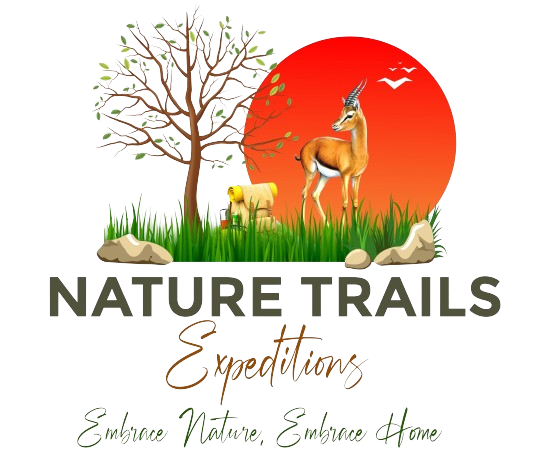Area: 1,510 km²
Established: 1961
The Maasai Mara lies in the Great Rift Valley, which is a fault line some 3,500 miles (5,600km) long stretching from Ethiopia’s Red Sea through Kenya, Tanzania, Malawi, and into Mozambique. Here the valley is wide, and a towering escarpment can be seen in the hazy distance. The animals are at liberty to move outside the park into huge areas known as ‘dispersal areas’. There can be as much wildlife roaming outside the park as inside. Many Maasai villages are located in the ‘dispersal areas’ and they have, over centuries, developed a synergetic relationship with the wildlife.
There are four main types of terrain in the Mara – the Ngama Hills to the east with sandy soil and leafy bushes favoured by black rhino; Oloololo Escarpment forming the western boundary and rising to a magnificent plateau; Mara Triangle bordering the Mara River with lush grassland and acacia woodlands supporting masses of game, especially migrating wildebeest; and the Central Plains, forming the largest part of the reserve with scattered bushes and boulders on rolling grasslands favoured by the plains game.
Its animals include lions, cheetahs, elephants, zebras and hippos. Wildebeest traverse its plains during their annual migration. The landscape has grassy plains and rolling hills, and is crossed by the Mara and Talek rivers. The area nearby is dotted with villages (enkangs) of Maasai people. ―
WILDLIFE AND MIGRATION
The Mara is perhaps best known for the Great Migration, which takes place every year July to September. During these months the yellow savannah is dotted black by more than 1.5 million wildebeest, zebra and antelopes that migrate from the Serengeti to the Mara in search of food and water.
Mara and Serengeti parks are interdependent wildlife havens. This is where the world’s largest multi-species migration takes place. The movement is, centered around the wildebeest migrating from Serengeti into Masai Mara during the dry period in Tanzania, crossing the mighty Mara River on their way. The Great Wildebeest Migration rightfully deserves its standing as one of the natural world’s most astonishing spectacles. Compromising of more than 1.5 million wildebeest, zebras and antelopes, the Great Migration constitutes the last surviving multi-species migration on the planet.
THE GREAT MIGRATION SEASON
From the end of July onwards, millions of freshly arrived brown and black dots scatter the great plains of the Masai Mara National Reserve, making this Natural Wonder of the World even more wonderous until they wander back in December. The life cycle of the wildebeest is a snapshot of the circle of life of all living creatures. The wildebeest spend their lives wandering, unwearyingly trekking between the Serengeti in the South to the Masai Mara in the North.
Every sequence in a wildebeest’s life happens in accordance with Mother Earth. Their migratory routes are determined by the rain patterns; they wander in constant pursuit of water and fresh grass. Similarly, their calving instincts are timed to the movements of the moon, resulting in a three-week-long birth fest on the Serengeti plains in February.
The comings and goings of the wildebeest also shape the lives of many other species. For the predators of the Masai Mara, the arrival of the wildebeest marks the beginning of a time of feasting and prosperity. The Big Cats, in particular, thrive during the migration season. The abundance of available prey means that the lions, cheetah and leopards are able to grow strong and produce healthy offspring. The dramatic contrast between life and death to be witnessed during the Great Migration makes the Migration Season a particularly spectacular time to visit Masai Mara.
MAKE THE MIGRATION EVEN GREATER
Experiencing the Great Migration with Nature Trails Expeditions adds another layer to witnessing this Natural Wonder of the World. A Safari with our Knowledgeable Guides is a life-changing experience that will provide you with a deeper, more meaningful understanding of the intricate details of the Masai Mara Ecosystem.
Travelling through the Masai Mara Circuit allows our guests to experience a variety of different safari dimensions. Our preferred and recommended lodges or camps have been purposefully designed to offer unique, experiences as they’re not far located and have super services by their staffs who are welcoming and hospitable.
Enjoy your safari experience with Nature Trails Expeditions. Visit our website for contact details or fill the form provided and our representatives will get back to you www.naturetrailsexpeditions.com








